| Last Friday morning I got up at an unfamiliar hour to board a train to Leicester, where BBC Stargazing were broadcasting a special live show to coincide with the partial solar eclipse over the UK. Regular readers will have seen Dave Akerman write here last week of his plans to launch two Model A+ Pis with Pi in the Sky telemetry boards on a weather balloon as part of the BBC’s event, with the aim of capturing stills and video of the eclipse from high above the clouds. As we’ll see, Dave was far from the only person using Raspberry Pis to observe the eclipse; to begin with, though, here’s a downward-facing view from one of his Pis of the launch, done with the help of a group of school students: I caught up with Dave a bit later in the morning, by which point the payload had been recovered after a shortish flight. 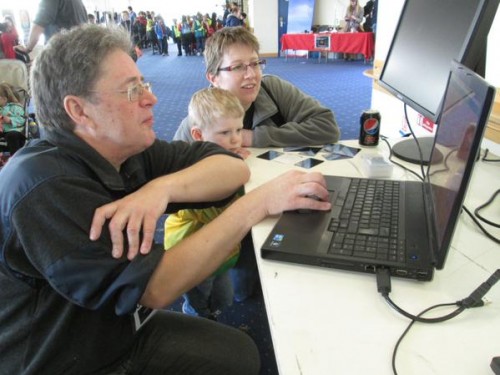 Dave explains to my three-year-old son that the balloon payload has come down in fields by Leighton Buzzard 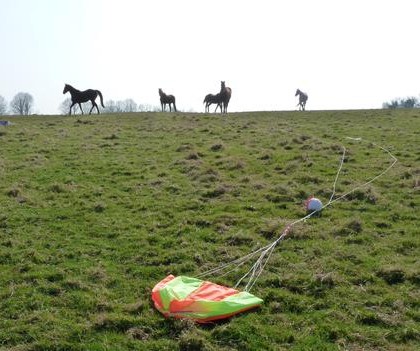 BBC Radio Leicester interviewed Dave, making for a really interesting five-minute introduction to what a balloon mission involves. BBC Television filmed several interviews, too, including this one, broadcast on BBC Stargazing live the same evening, featuring images of the eclipse captured by the Pis: My favourite moment is when the balloon bursts, having reached a diameter of about eight metres. Despite the lack of air, as Dave points out, the pop is clearly audible: If you watched right to the end of the BBC Stargazing interview, you’ll have heard Lucie Green mention another project, this one with the involvement of BBC Weather’s Peter Gibbs. The Department of Meteorology at the University of Reading is running a citizen science programme, the National Eclipse Weather Experiment (NEWEx), to collect data to study small weather changes expected to accompany an eclipse, such as a drop in temperature and changes to clouds and wind. They particularly encouraged schools to join in, and we sent one of our weather station prototypes to the National STEM Centre in York so that they could help a local primary school take part. They installed it on their roof:
Matt Holmes from the STEM Centre displayed data from the weather station alongside a webcam image of the eclipse:
If you’re in the UK and you’d like to watch the (very) brief interview with Peter Gibbs that followed the one with Dave Akerman, you can catch it on BBC iPlayer, starting at 29m40s. Other people were using Raspberry Pis to take weather measurements during the eclipse too. Cookstown High School in Northern Ireland have set up another of our weather station prototypes; you can see live data from it at www.piview.org.uk/weather/, which you can drag to see older data and zoom for more detail. School staff are also tweeting more photos and information about the weather station as @STEAM4schools. Here are its temperature recordings during the eclipse:
As you can see, it’s difficult to separate out effects of the eclipse from other temperature variation, which is where NEWEx’s big-data approach will hopefully prove valuable. One computing teacher planned his Friday morning class’s eclipse observations in our forums, with help from forum regular Dougie, whose own measurements are here, and others. They held an eclipse party before school, and they and others have shared their measurements in the forum. 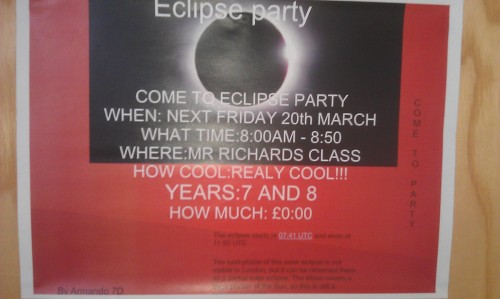 HOW COOL: REALLY COOL!!! We’ve seen a number of timelapse films of the eclipse captured using Pis, too. Berlin Raspberry Jam organiser James Mitchell used a Raspberry Pi to make a timelapse of the 74% eclipse seen there: It’s really great to see Raspberry Pis used in such a variety of ways to enhance people’s experiences of a rare and remarkable astronomical event, and particularly to see the involvement of so many schools. Did you use a Raspberry Pi for observations during Friday’s solar eclipse? Tell us in the comments! |
A Semi-automated Technology Roundup Provided by Linebaugh Public Library IT Staff | techblog.linebaugh.org
Tuesday, March 24, 2015
A Pi’s eye view of the solar eclipse
Subscribe to:
Post Comments (Atom)
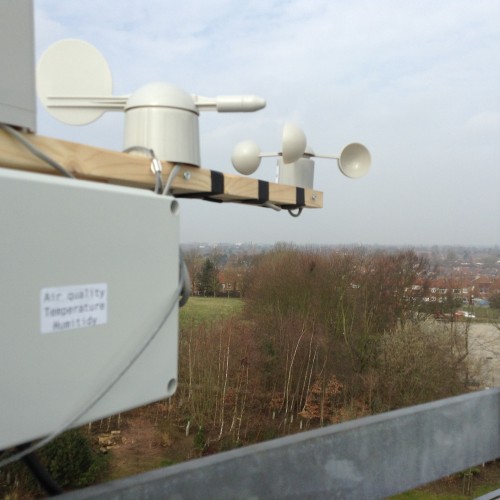
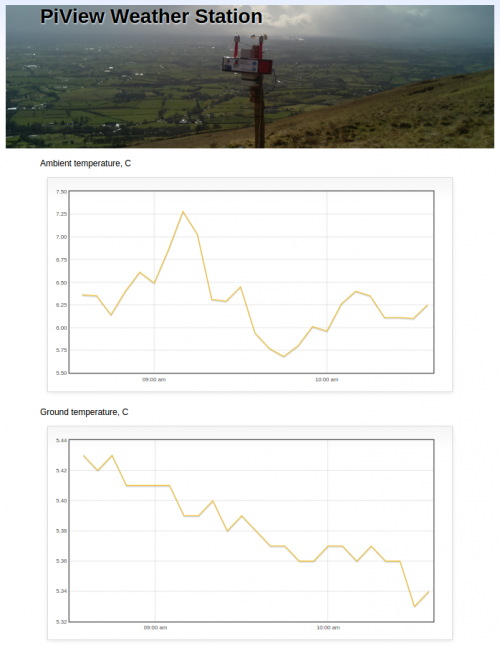
No comments:
Post a Comment